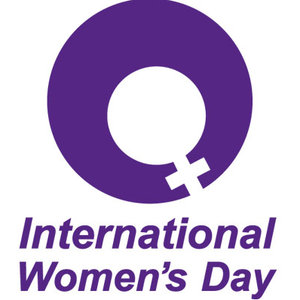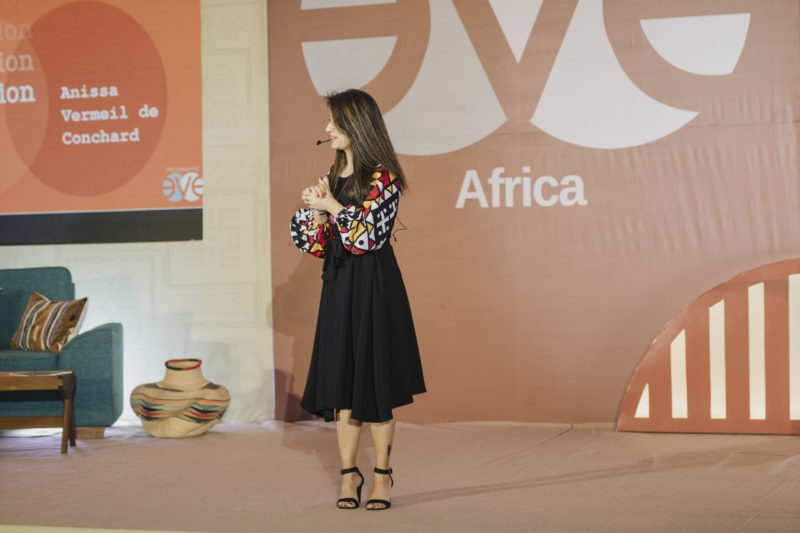 The Smurfette Syndrome, Matilda Effect, your “Concept close-up” page targets the elements of language used to dig a little deeper into the key ideas about thoughts on women’s leadership.
The Smurfette Syndrome, Matilda Effect, your “Concept close-up” page targets the elements of language used to dig a little deeper into the key ideas about thoughts on women’s leadership.
This month, you may be surprised to find not an abstract borrowed from the world of social science, but the title of an international event that will be held tomorrow, for the 38th year running. We felt it was useful to take a look at March 8th as a concept, because apparently there are many different ways that it can be understood.
All the faces of women
When we say “Woman’s Day”, it has the advantage of being short, direct and powerful. But the disadvantage of being simplistic, debasing and slightly rude. Not vulgar, just not subtle or precise enough. Because THE WOMAN, well, we haven’t found her. We have met WOMEN, yes, in their hundreds, thousands, millions and billions (there are about 3.5 billion women). They all have a unique story to tell, all have an authentic personality, and all have followed their own path. Of course they can share some things, but they also share things with men. Basically they are all different and the most important right they have is the same as for any human being, to be considered as an individual.
In other words, March 8th is not a day for femininity with a capital and illuminated F. Let’s not forget that, let’s stop ourselves from getting sucked in to dubious initiatives aimed at having us trudge through sexist stereotypes from another age.
Rights that should be made effective
March 8th is an International Day, selected by the UN, to tackle the question of women’s rights in center stage.
But what are these rights? Some of these rights are considered to be “feminine” obviously, when they are to do with gynecological or obstetric heath, but on the whole, it boils down to basic human rights: to be treated equally.
Yes, but if men have these same rights, what is the point of a whole day? To underline that throughout the world, despite sometimes very successfully completed legislation and in mature economic and political contexts, these rights are not effective for women. You be the judge: in France, despite a law on salary equality being in place since 1983, women earn an average of 27% less than men*; throughout the world, they provide 66% of working hours, but only own 1%** of the property; and that’s without bringing up the ugly face of household chores (in France, 65%*** of them are done by women) and their under-representation in company management positions and political offices.
One day to talk, a whole year to act
Rights to be made effective for women in the plural, that is what International Women’s Day is all about. But it does not mean, as some would have us believe, that we just need to talk about it once a year and that’s enough.
The day is designed to see how the land lies, take note of progress, share best practices and set objectives… To be able to take action throughout the year!
Marie Donzel for the EVE blog.
Translation: Ruth Simpson
* Inequality Watch 2013
** UNICEF, 2007
*** INSEE, 2011
10 Women’s Rights Dates
1718 – Sweden grants women the right to vote… Until 1771, then again from 1862. Finnish women had to wait until 1906, the English until 1928, while in the Philippines and Burma they could vote in 1935. French women in 1944, Mexicans in 1953, and Saudi women in 2011.
1791 – Olympe de Gouges presents the Declaration of Women’s Rights and Citizenship to the Assemblée française… Unsurprisingly her text was rejected, but nevertheless paved the way for an awakening of women’s political consciousness generally.
1880 – French public high schools open their doors to girls. The Republican Camille Sée crosses swords with opponents who are concerned about destabilizing the foundations of society if women should become “free thinkers”.
1900 – Women take part in the Olympic Games for the first time.
1943 – Women are allowed to enter the Wall Street Stock Exchange building.
1965 – French women can work and carry their own checkbooks without the permission of their husbands
1971 – World first: an employer is charged with employment discrimination by the United States Supreme Court. Twelve years later, France passes an employment equality law preventing discrimination on the grounds of gender.
1974 – Françoise Giroud joins the French government… As State Secretary for “women’s condition”!
1998 – France adopts the equality principle for elective functions
2014 – the first women’s legal practice opens in Saudi Arabia.





